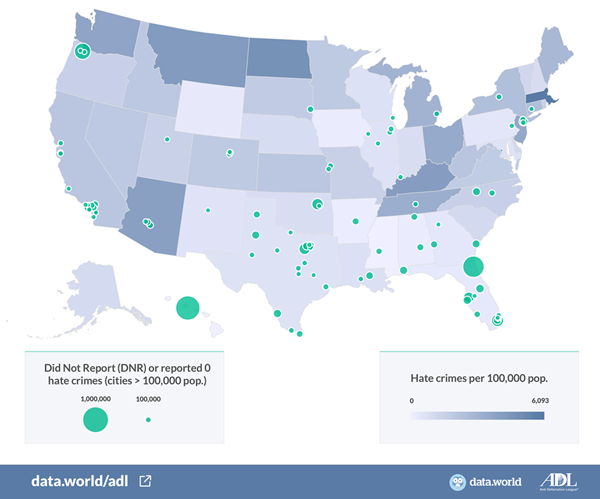Beth Noveck at the Yale Law Journal: “For fifty years, the Freedom of Information Act (FOIA) has been the platinum standard for open government in the United States. The statute is considered the legal bedrock of the public’s right to know about the workings of our government. More than one hundred countries and all fifty states have enacted their own freedom of information laws. At the same time, FOIA’s many limitations have also become evident: a cumbersome process, delays in responses, and redactions that frustrate journalists and other information seekers. Politically-motivated nuisance requests bedevil government agencies.With over 700,000 FOIA requests filed every year, the federal government faces the costs of a mounting backlog.
In recent years, however, an entirely different approach to government transparency in line with the era of big data has emerged: open government data. Open government data —generally shortened to open data—has many definitions but is generally considered to be publicly available information that can be universally and readily accessed, used, and redistributed free of charge in digital form. Open data is not limited to statistics, but also includes text such as the United States Federal Register, the daily newspaper of government, which was released as open data in bulk form in 2010.
To understand how significant the open data movement is for FOIA, this Essay discusses the impact of open data on the institutions and functions of government and the ways open data contrasts markedly with FOIA. Open data emphasizes the proactive publication of whole classes of information. Open data includes data about the workings of government but also data collected by the government about the economy and society posted online in a centralized repository for use by the wider public, including academic users seeking information as the basis for original research and commercial users looking to create new products and services. For example, Pixar used open data from the United States Geological Survey to create more realistic detail in scenes from its movie The Good Dinosaur.
By contrast, FOIA promotes ex post publication of information created by the government especially about its own workings in response to specific demands by individual requestors. I argue that open data’s more systematic and collaborative approach represents a radical and welcome departure from FOIA because open data concentrates on information as a means to solve problems to the end of improving government effectiveness. Open data is legitimated by the improved outcomes it yields and grounded in a theory of government effectiveness and, as a result, eschews the adversarial and ad hoc FOIA approach. Ultimately, however, each tactic offers important complementary benefits. The proactive information disclosure regime of open data is strengthened by FOIA’s rights of legal enforcement. Together, they stand to become the hallmark of government transparency in the fifty years ahead….(More)”.


